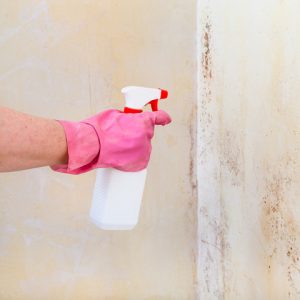Christa Upton on “Why Is It Bad to Kill Mold?”
September 20, 2019
Christa Upton wrote an article on “Why Is It Bad to Kill Mold?” for her blog Black Hills Picture Books.
From the article:
“A common misperception is that killing mold, which is a relatively easy task, eliminates risk from contaminated environments or items. Unfortunately, this does little to decrease the risk as nonviable fungal spores, fragments, and mycotoxins remain present and, due to their structure, such as with an epoxide ring, [117] they can be extremely difficult to destroy.”
That is a quote from one of my favorite articles on mold, found here.
Back in 2008 when we were busy “killing” mold in our mold house, setting the stage for me to get incredibly ill, that article had not even been published yet!
So what does “killing” mold do? Among other things, it can cause the toxins to become more airborne. I do not know why exactly this happens, but some people think it’s because the mold is trying to “fight back” and save itself. Kind of like a skunk spraying or a snake biting. Or kind of like how some plants are toxic–people and animals learn to leave them alone. Only mold has a unique ability to shoot its toxins into the air.
A follow-up article on the topic is called, “The Day That I Learned What I Did Wrong.”
From the article:
I sat cross-legged on my bed, beyond exhausted, very sick, frustrated, looking for answers. One of the mold remediation companies said they wanted to use a fogging solution, and I wanted more information about the product, so I called the company.
I started asking questions. He started answering.
He said NEVER use their product on live mold in a house. What? He is cautioning against buying what he is selling??
He said, “Killing mold is like killing a rat and then leaving it in your wall.”
Suddenly visions of us spraying mold, bleaching mold, painting Kilz over mold flooded my head.
“The mold breaks down into smaller pieces that are more easily inhaled but still toxic.”
Links on this page are in orange (no underlining).




